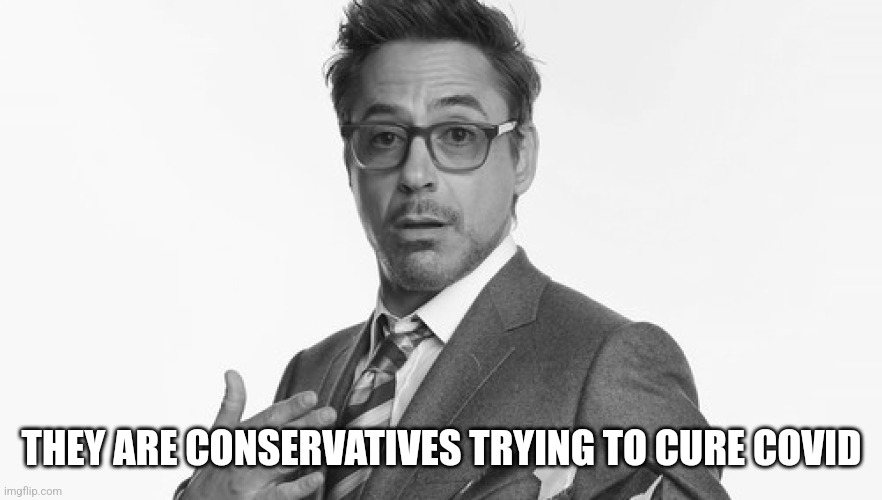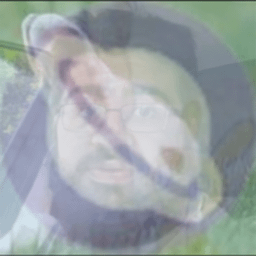
Those are both already poison. 😂
Funny thing about a strong base & a strong acid, when you put them together you get a powerful reaction which can be somewhat explosive - so that’s the implied fifth panel. But then they neutralise each other and you get a fairly inert salt.
The thing that makes them highly reactive - and thus toxic - is their affinity for ionic bonds. But once those bonds form, that same affinity makes the salt stable and safe. Ammonium chloride is used in cough medicine.
I’m pretty sure Ammonia and Clorox Bleach are both alkali, also they famously mix to produce chloride gases, which aren’t salt and definitely aren’t innert.
They are both alkali. Although I believe the process does make some chlorine gas, it almost all reacts and you get chloramine gas as an end result. Also very toxic, and what people die from who mix these.
Ty for clarifying the gases. Chem is my worst STEM subject, so I’m not surprised I got something wrong.
No problem. I usually take any chance I get to explain chemistry. They don’t come around too often.
You’re right actually, I thought it was chlorine.
Nevermind, they’re turbofucked.
Chlorine isn’t an acid or base on its own. HCl is maybe what you’re referring to?
On a side note, household ammonia is actually an equilibrium between water, ammonia, and ammonium hydroxide. Meaning it doesn’t fully dissociate in water, which by definition does not make it a strong base.
Yup, you’re right, I was wrong about what they were actually putting in their mouths. It is interesting to me that the most unstable molecules can come together to form some of the safest salts/compounds, but that’s not what’s happening here.
The chloramine gas they’re making isn’t really gonna change the outcome much.
Both dead
Not until the fifth panel is drawn. Until the fifth panel drawn it is impossible to know whether they died or fused grotesquely into a single festering green-goopy figure who becomes a local superhero, and, overtime, earns the moniker of Toxic Avenger, thus rebooting the greatest franchise of all time.
It’s 50/50.
deleted by creator
I like the way your brain works!
One can hope.
So romantic, just like Romeo and Juliet!
I want to see you do this with mentos and coke!
Even better if you do vinegar instead of ammonia
By better you mean less chance of dying? I’m not positive on this, but I believe you’ll make more chloramine gas with ammonia compared to the amount of chlorine gas you would with vinegar.
Both are very toxic and both would likely result in death.
IDK how much each combination produces, but I think it would take a lot less chlorine gas to kill someone. In this instance, however, I think you would die regardless.
I couldn’t find exact values for chloramine gas LD50s. But I did find one or two sources saying that chlorine gas is much more likely to cause damage and/or death.
I stand corrected.
But I wouldn’t want to be around either haha.
Thruple up
Commendable effort, but I don’t think that’s how you’re supposed to make salmiac.






